This summer sea acrylic art painting is SO MUCH FUN!
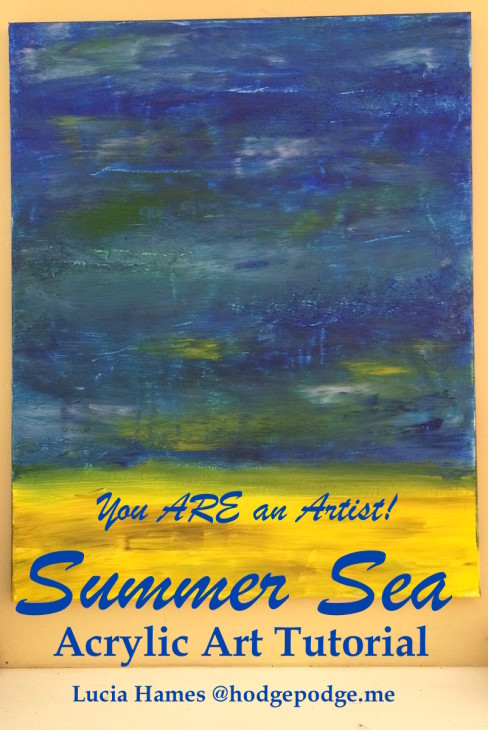
During a long afternoon at my house a few of the grandchildren wandered in to see what I was painting with the “forever paint.” This is what one of the youngest calls acrylic paint, because it is permanent and will dry and not brush off like pastels.
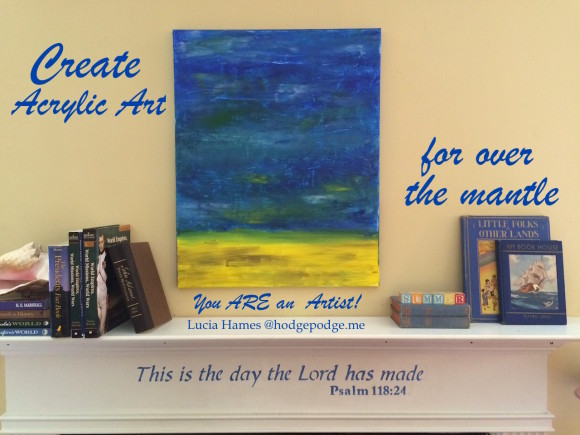
Supplies: I bought some Art Molding Paste at our local arts and crafts store. I had always known that artists use this medium to achieve a thickly coated paint surface without using an entire tube of paint. All that had to be done is open up the container of paste and mix it with your chosen acrylic paint color until it achieved a consistency resembling toothpaste.
- Art Molding Paste
- Large paint brushes
- Acrylic paints
- Blank canvas: 24 x 36 canvas and/or 5×7
- newspapers to cover the work surface
- smocks (suggested)
Large brushes are a must. You may want to use a brush that you might have around the house to paint baseboards. The brush can be just a utility brush or you can splurge and buy several big, flat bristled artists’ brushes.
My young artists and I determined that we would try our mixture on a small 5 x 7 canvas first, before using the big canvas. This was perfect, because we got to practice our horizontal strokes with this extra-thick paint.
Colors used: We only used a few colors: medium bright blue, yellow, white, green, and light brown.
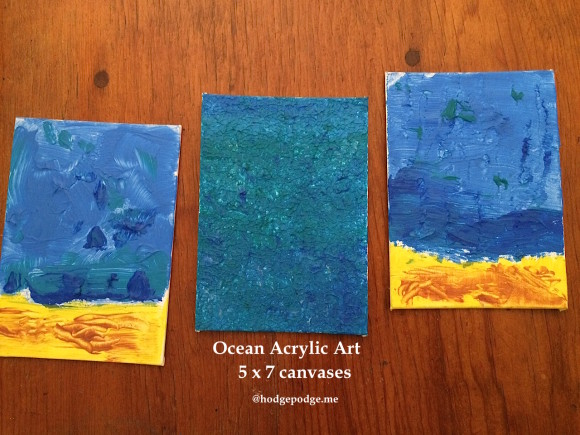
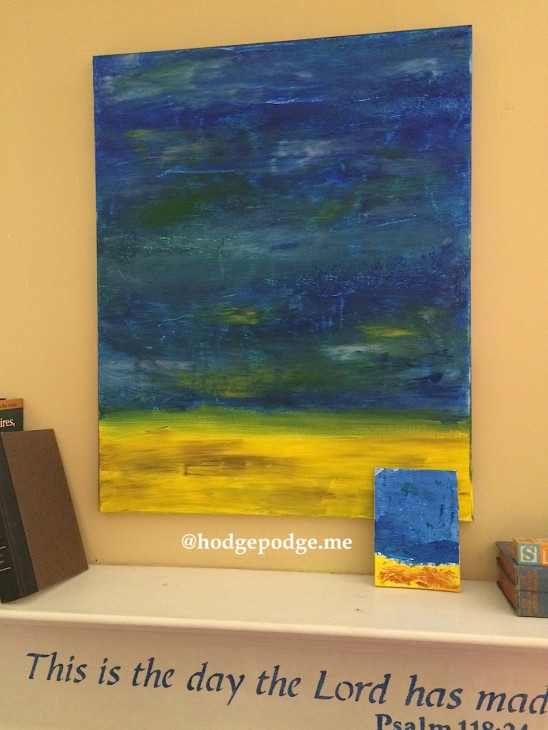


The sand is bright yellow paint (mixed also with the molding paste) spread horizontally across the very bottom of your canvas. The brown is used with your palette knife to make swirl-like patterns in the shifting sands on the bottom of the ocean.
The molding paste should keep your paint moist for a while so that you can add touches of white in the sand and a bit in the water. But…we found out quickly that if you paint under a ceiling fan, the whole painting will dry very fast!
I absolutely loved this painting, and the students did too! We even had our favorite 16-year-old to come through and wield a brush for a while! It is addictive and so freeing to PAINT without much thought!
You can do a wonderful painting and have great fun in the process! Remember to sign your painting, date it and give it a name. And always, always remember: You ARE an artist!
- Acrylics Plus Links to Tutorials: Details on the canvases and paints we use, how and where to purchase, and links to all of Nana’s acrylic lessons. Be sure to also browse our 100+ FREE Art Lessons for All Ages.
- Encouragement: You Can Be an Artist! 10 Day series
- Wondering what was on our mantle before? Or about that “This is the day the Lord hath made” stencil? See Flag Art Over Mantle and our continuing Homeschool Makeover series.
Guess what is coming in time for Shark Week?
Be sure to subscribe to Hodgepodge to get your free, subscriber-only art tutorials and so you won’t miss any future tutorials. Because you ARE an artist!
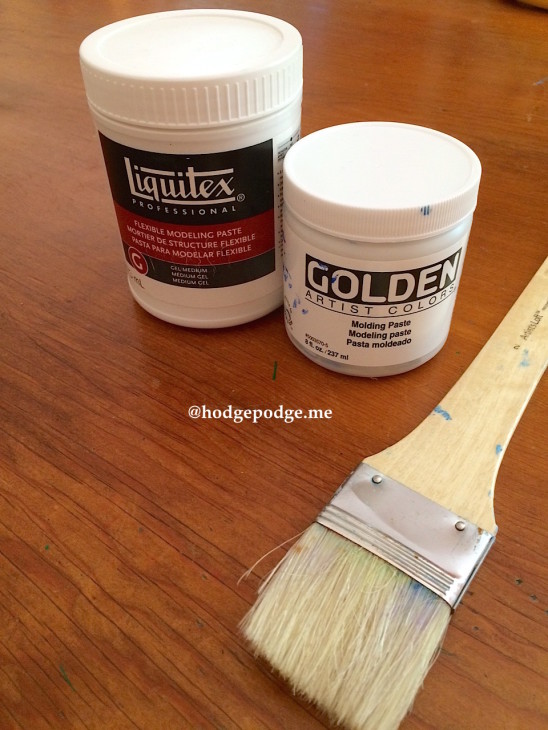
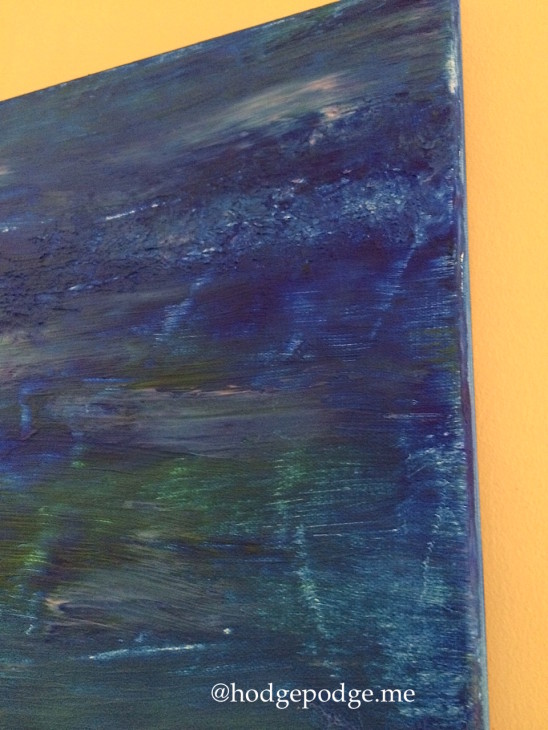
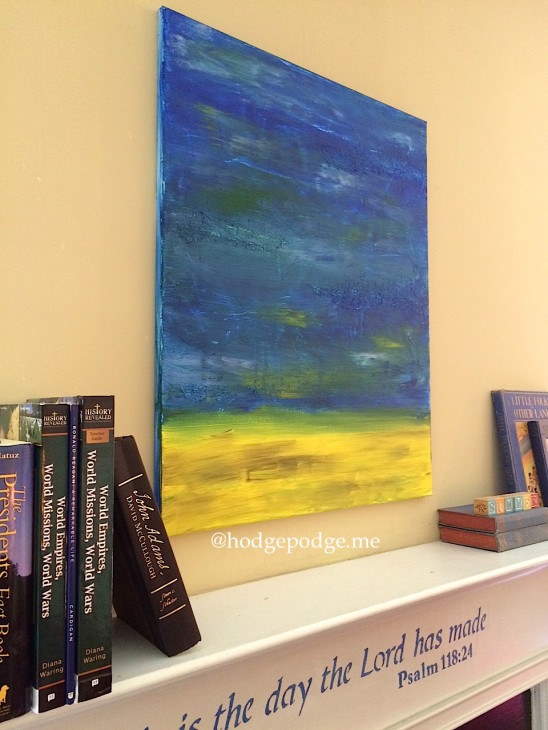
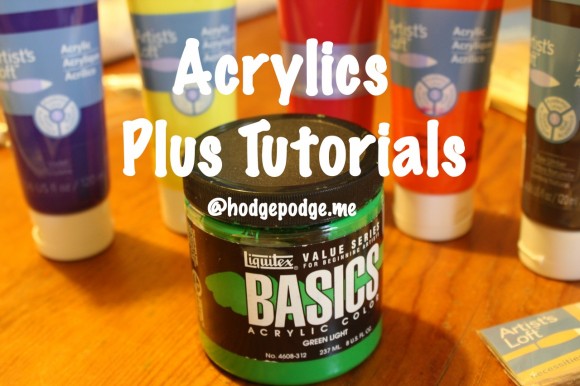
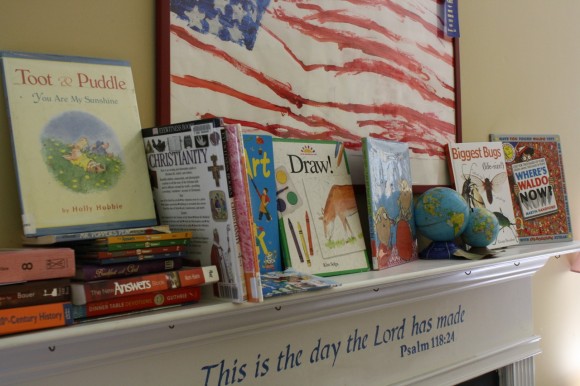
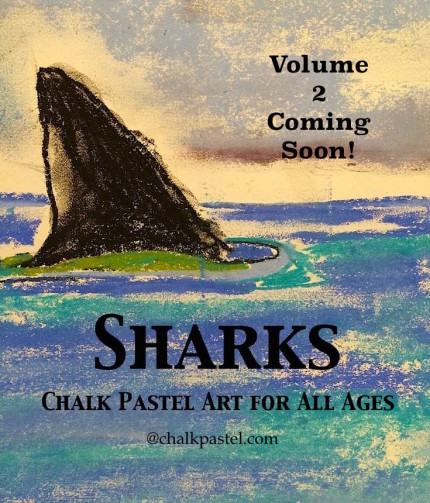
I didn’t know about the molding paste trick! I like it! Gorgeous paintings, friends!
Thanks so much! They thoroughly enjoyed it!
This a great way to start. Inspiring artist and also motivates you to become better in your craft